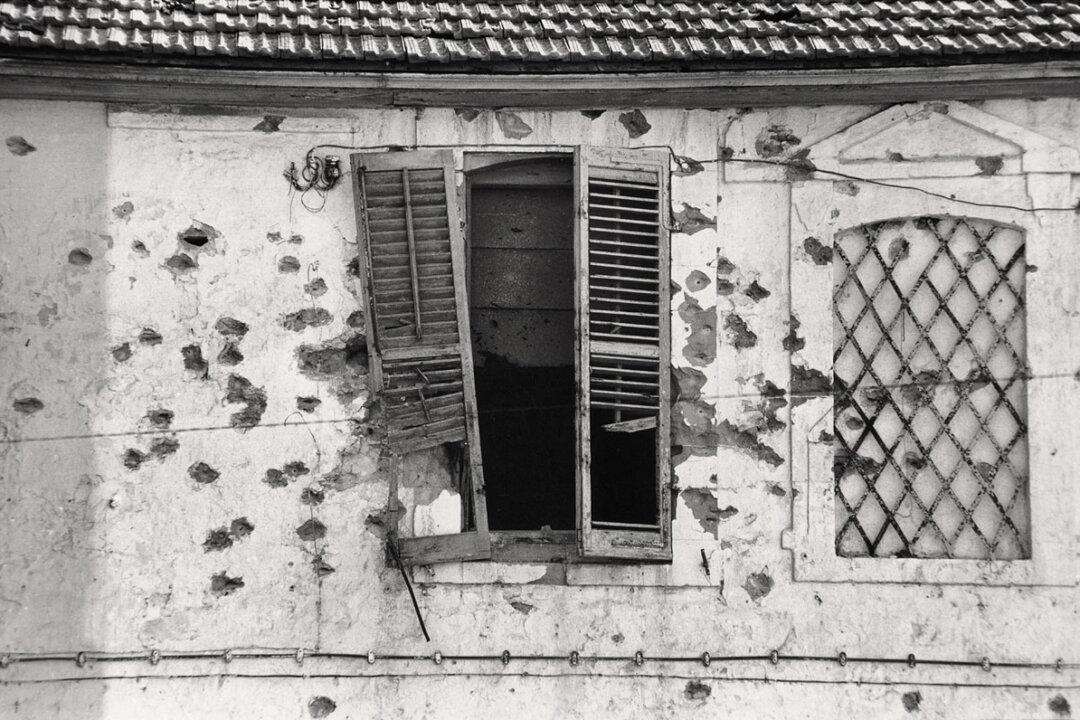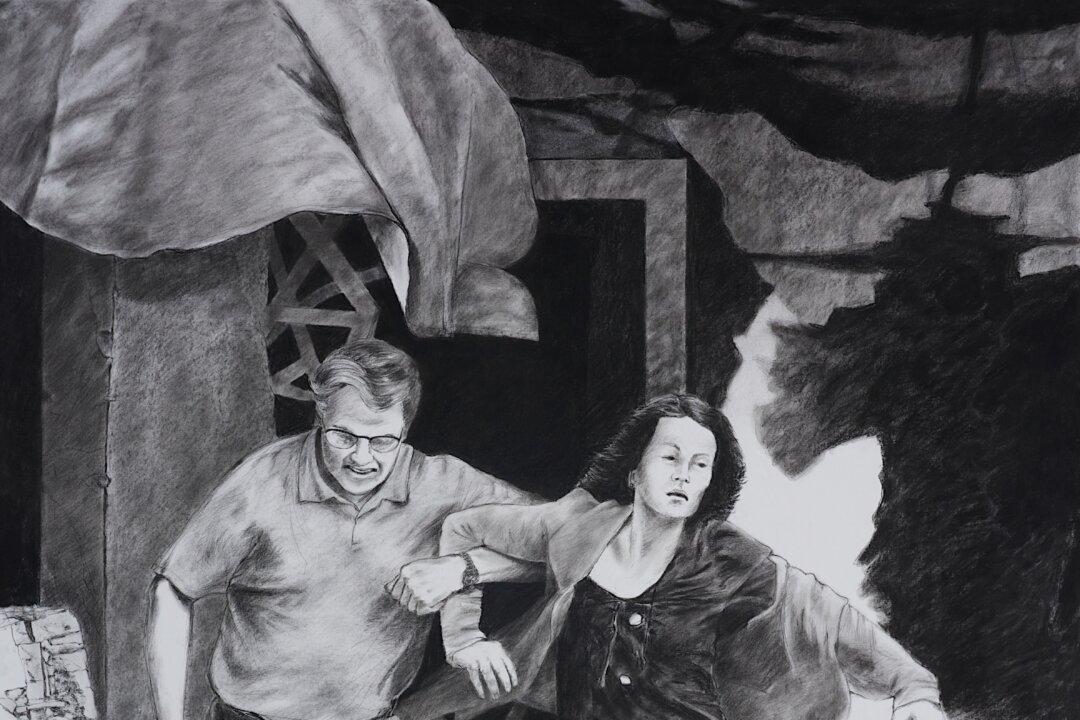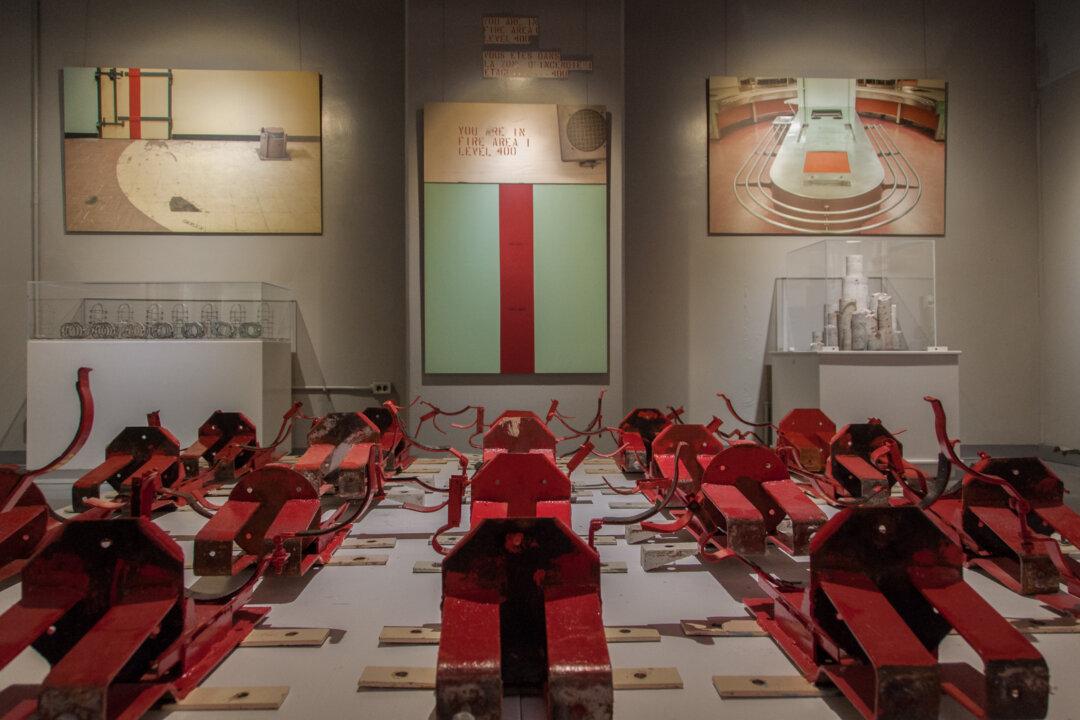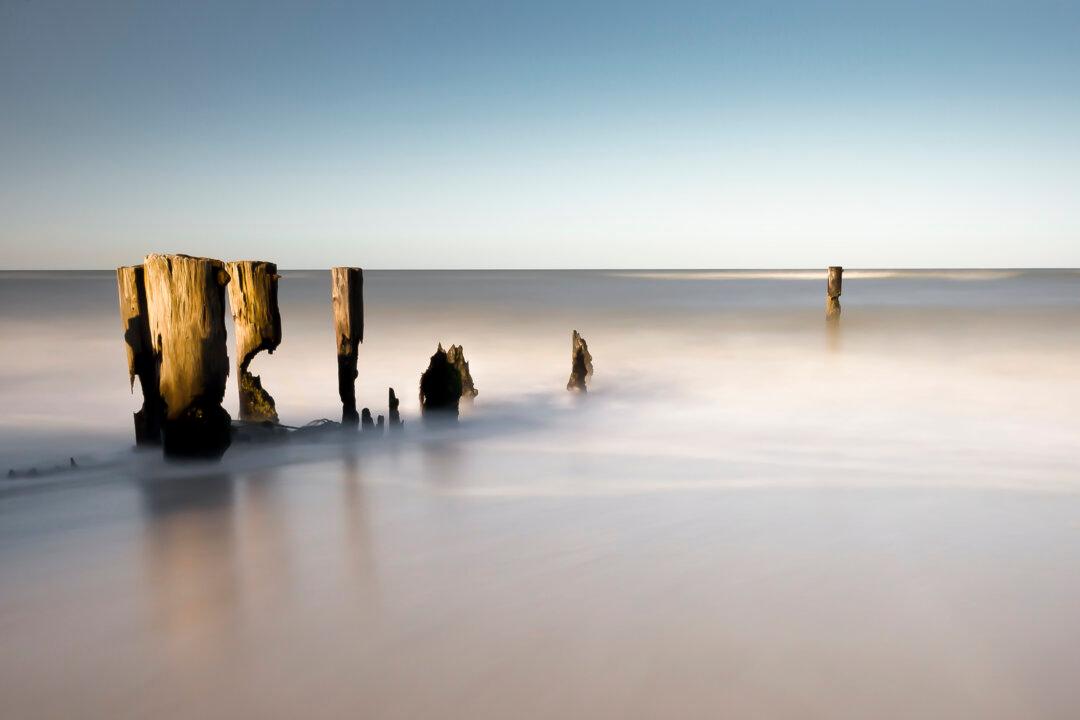To date, the United Nations has registered more than 3.1 million Syrian refugees who have fled to Jordan, Lebanon, and Turkey. As of December 29, according to the Canadian government, 1,063 Syrian refugees had arrived in Canada. There are millions more fleeing other countries, other wars. But numbers do not have faces. A number is not an individual.
However, two photographic exhibitions currently on tour provide refugees with faces and stories. Both were organized and supported by governments with long histories of aiding refugees. “Safe Harbour Turkey, Restoring Hope,” which was recently exhibited at the University of Ottawa, was provided by Turkey’s Ministry of Foreign Affairs. It closed with the start of the university’s Christmas break and is now touring Europe.
Continuing at the university, however, is “War from the Victims’ Perspective: Photographs by Jean Mohr.” Sponsored and organized by the Swiss Ministry of Foreign Affairs and the Musee de l'Elysee in Lausanne, Jean Mohr’s photographs are on display in the Human Rights Research and Education Centre (HRREC), Fauteaux Building, 57 Louis Pasteur, in the heart of the main campus.






